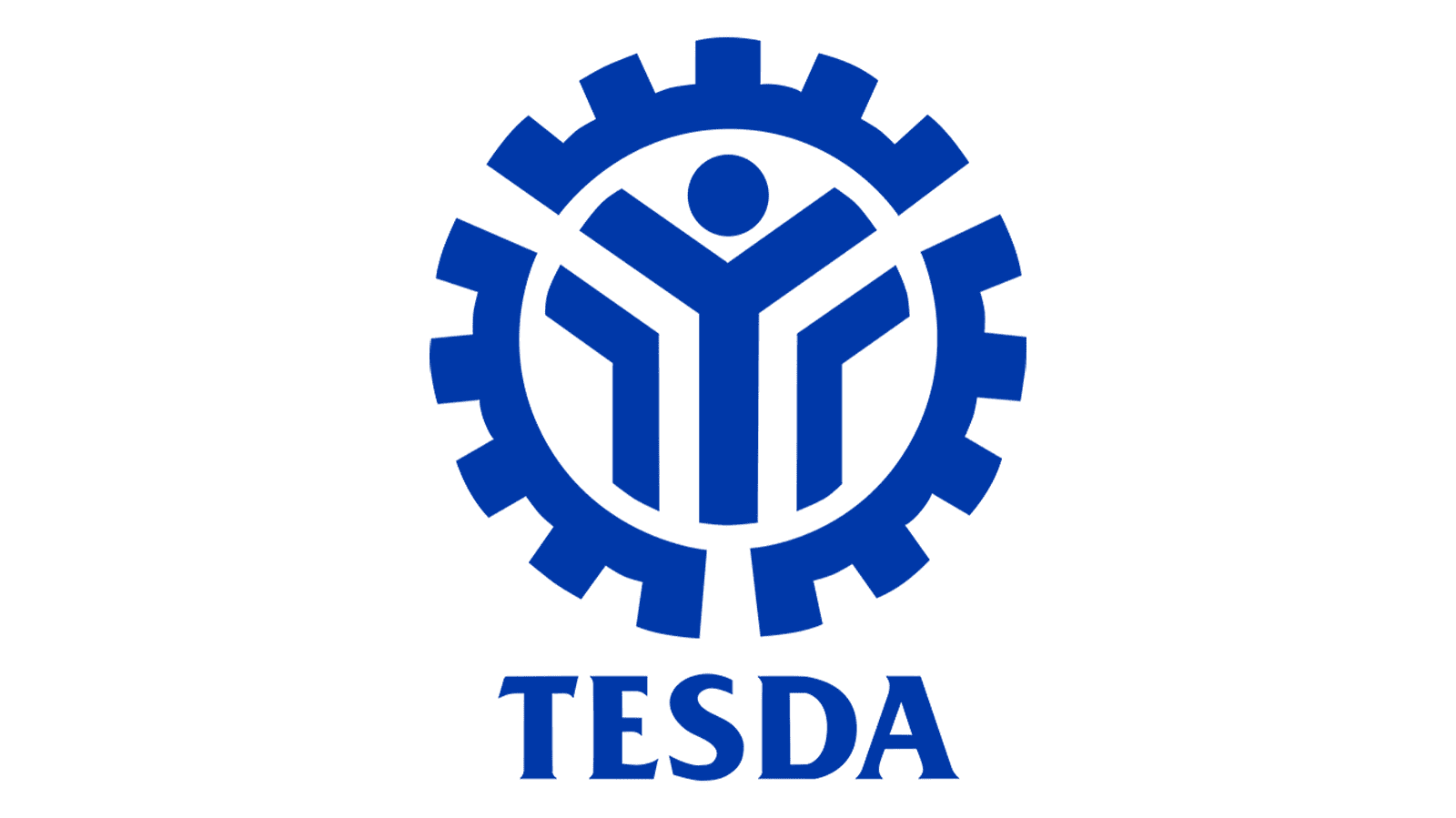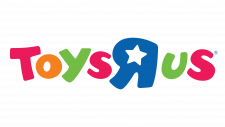TESDA Logo
TESDA, the Technical Education and Skills Development Authority, is a public agency in the Philippines tasked with the oversight and management of technical instruction and vocational apprenticeships within the nation. With a mandate to regulate and administer a broad spectrum of technical-vocational education and training initiatives, TESDA also conducts certification and appraisal services to uphold the standard of technical learning and professional expertise across the country.
Meaning and history
The year 1927, the Vocational Act was instituted, a document that brought the concept of technical-vocational education to the archipelago. The legislation laid the foundation for establishing technical-vocational schools in numerous regions of the Philippines. Commonwealth Act No. 313, which emerged eleven years later and served as a monumental precursor to TESDA, yet it was not the sole predecessor.
In 1963, the Bureau of Vocational Education (BVE) was born, followed by the Manpower Development Council (MDC) three years after. The MDC later metamorphosed into the National Manpower and Youth Council (NMYC). Another predecessor of TESDA was the Bureau of Technical and Vocational Education (BTVE), which emerged in 1982.
The dawn of TESDA’s history arose in 1994 with the venerable Republic Act 7796, otherwise known as the “Technical Education and Skills Development Act of 1994.” It was not a novel institution, but a product of the evolution of the preexisting government structures. As stipulated by the legislation, TESDA was formed through the integration of three entities: NMYC, BTVE-DECS, and DOLE. The agency took on the responsibility of overseeing the domains previously handled by these organizations.
What is TESDA?
TESDA, an acronym coined for the Technical Education and Skills Development Authority, is a state-powered establishment, originated in the Philippine archipelago in 1994. This Authority operates in conjunction with the Department of Trade and Industry of the Philippines.
1994 – today
This organization’s logotype encompasses the “Y”-shaped configuration and two symmetrical angular bars on either side. As per the official explication, this amalgam embodies the three pivotal pillars of technical-vocational education: government, industry, and private training institutions.
Directly above the “Y”-shape, an azure solid circle is observed. While a circle typically has numerous connotations, herein it serves as a symbol of the skilled labor force of the Philippines. As articulated on the official website, this is the primary impetus behind the inception of TESDA and the cardinal objective it endeavors to fulfill.
Moving forward, let’s examine the three components that constitute the outline of the design. It is a classical rotary wheel. As an integral part of the TESDA logo, it embodies a rather intricate concept – industrial advancement propelled by successful and meticulously devised manpower development (which is displayed by the constituents housed within the wheel).
Color
The color used in the emblem of TESDA is a profound and intense shade of blue, which captivates the viewer’s attention effortlessly. This color, in all its saturated glory, stands out prominently against the plain, unadorned white background, and is the sole chromatic entity on the logo.
Font
The name caption is highly readable while maintaining its own distinguishable and extraordinary character. The form utilized in the logo is derived from the renowned Fremont Bold font, which is a product of FontSite Inc. Despite the common usage of serifs in official emblems, it’s commonplace for them to seem obsolete.













